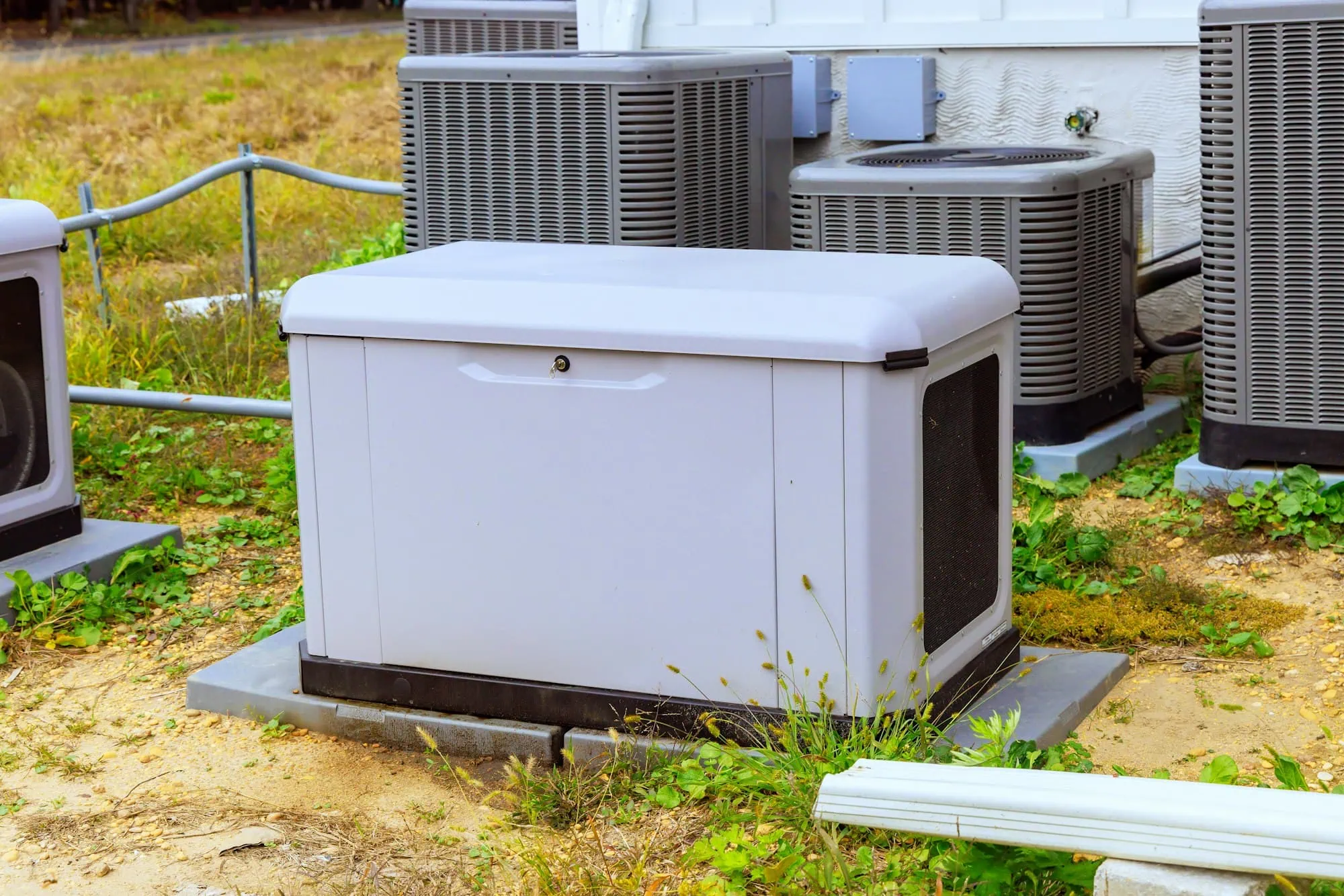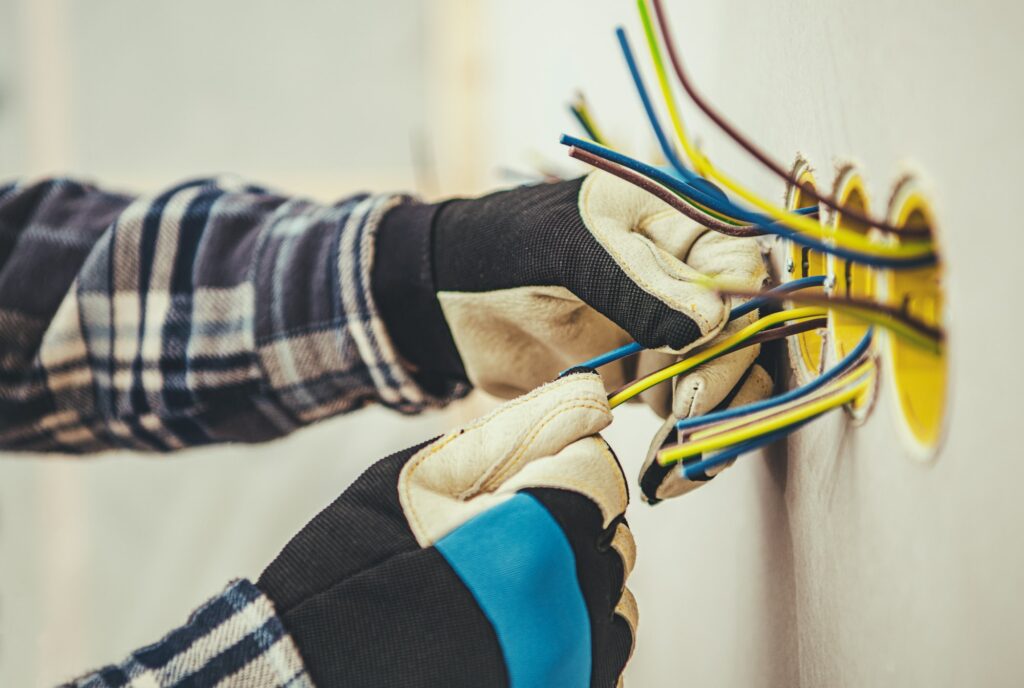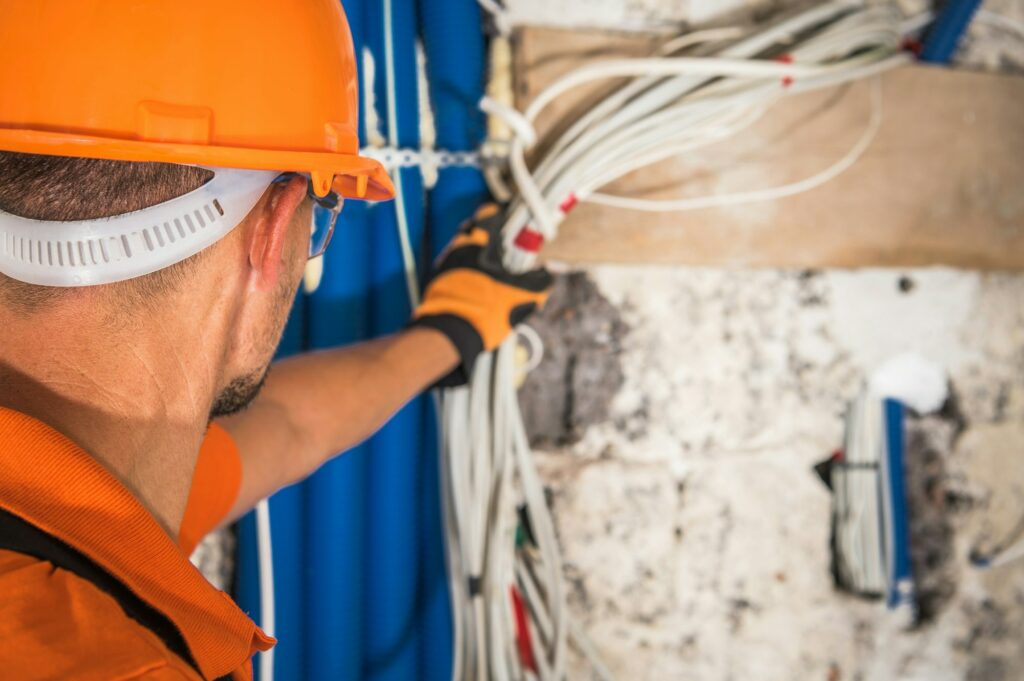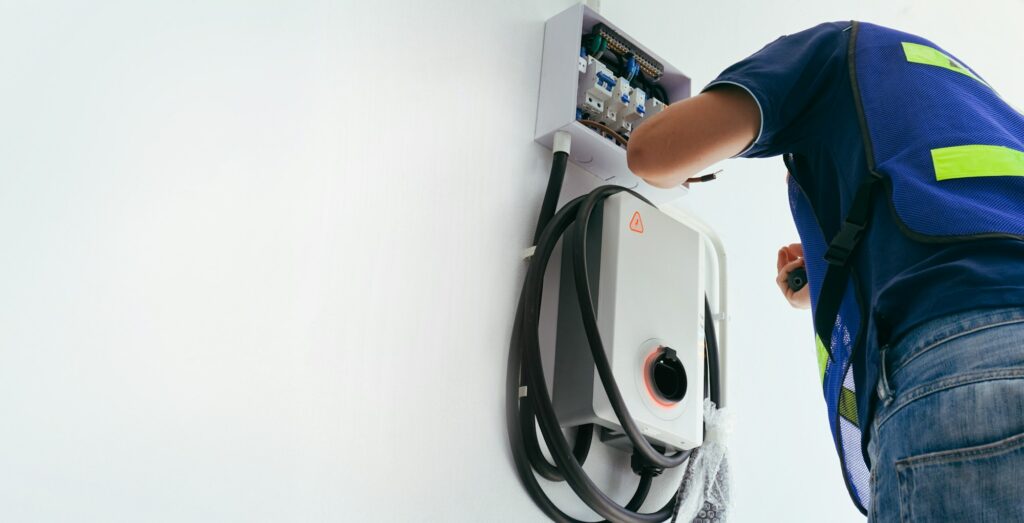Essential Guide to Generator Installation: Ensuring Power Continuity
In today’s world, where power outages can disrupt both personal and professional activities, having a reliable backup power source is crucial. A generator can provide that much-needed assurance, ensuring that your home or business remains operational during unexpected power failures.
Why Install a Generator?
Uninterrupted Power Supply
The primary benefit of a generator is its ability to provide continuous power during outages. Whether it’s a natural disaster or a routine maintenance shutdown, a generator keeps your lights on, your appliances running, and your business operational.
Protecting Your Home and Business
Power outages can lead to significant disruptions and damage. For homeowners, this can mean spoiled food, flooded basements due to sump pump failures, or even compromised security systems. For businesses, power interruptions can result in lost revenue, data loss, and dissatisfied customers. A generator mitigates these risks, providing peace of mind and financial protection.
Increasing Property Value
A professionally installed generator can increase your property’s value. Potential buyers view a generator as a valuable asset, especially in areas prone to power outages.
Types of Generators
Portable Generators
Portable generators are ideal for short-term power needs and smaller budgets. They can power essential appliances and are relatively easy to store and move. However, they require manual setup and fueling.
Standby Generators
Standby generators are permanently installed and automatically activated during a power outage. They offer higher power output, can run for longer periods, and are fueled by natural gas or propane. While more expensive, they provide a seamless and reliable power solution.
Steps to Generator Installation
1. Assess Your Power Needs
Determine the essential appliances and systems you want to keep running during an outage. This will help you choose the right generator size and capacity. Consider factors such as HVAC systems, refrigerators, medical equipment, and lighting.
2. Choose the Right Location
Select a location that is safe and complies with local regulations. The generator should be installed on a stable, level surface, away from windows, doors, and vents to prevent carbon monoxide buildup. It should also be easily accessible for maintenance.
3. Obtain Necessary Permits
Check with your local authorities to understand the required permits for generator installation. This step ensures that your installation complies with local codes and regulations.
4. Hire a Professional Installer
While some may consider a DIY approach, hiring a professional installer is highly recommended. Professional installers have the expertise to ensure that the generator is correctly connected to your electrical system, meets all safety standards, and functions optimally.
5. Install the Transfer Switch
A transfer switch is crucial for safely connecting your generator to your home’s electrical system. It isolates the generator from the utility power lines, preventing back-feeding, which can be dangerous for utility workers. The transfer switch can be automatic or manual, depending on your preference and budget.
6. Connect the Fuel Source
For standby generators, you’ll need a consistent fuel source such as natural gas or propane. Ensure that the fuel line is professionally installed and inspected for safety.
7. Test the System
Once installed, the generator should be tested to ensure it operates correctly and efficiently. This involves simulating a power outage to verify that the generator starts automatically (for standby generators) and powers the essential circuits.
8. Regular Maintenance
Regular maintenance is essential to keep your generator in top condition. This includes checking the oil, fuel system, battery, and other components. Schedule annual inspections with a professional to ensure reliability.
Your Next Step with Ohms Electric
Ready to enhance your home’s electrical safety and efficiency? Contact Ohms Electric today. Our experienced electricians can provide personalized advice tailored to your home’s unique needs and carry out any necessary installations or repairs.
When you choose Ohms Electric for Generator Installation, you’re not just getting a service – you’re getting peace of mind, knowing that your home’s electrical systems are in the hands of qualified professionals.
Contact us today to schedule a service appointment or discuss your electrical needs. At Ohms Electric, we’re lighting the way to a safer, more energy-efficient future for homes across Northern Nevada.




